
There’s a zombie star racing through our galaxy at more than 110,000 miles per hour, and it’s basically a cosmic horror show.

There’s a zombie star racing through our galaxy at more than 110,000 miles per hour, and it’s basically a cosmic horror show.

ORCs—odd radio circles—are one of the weirdest recent discoveries in the heavens above
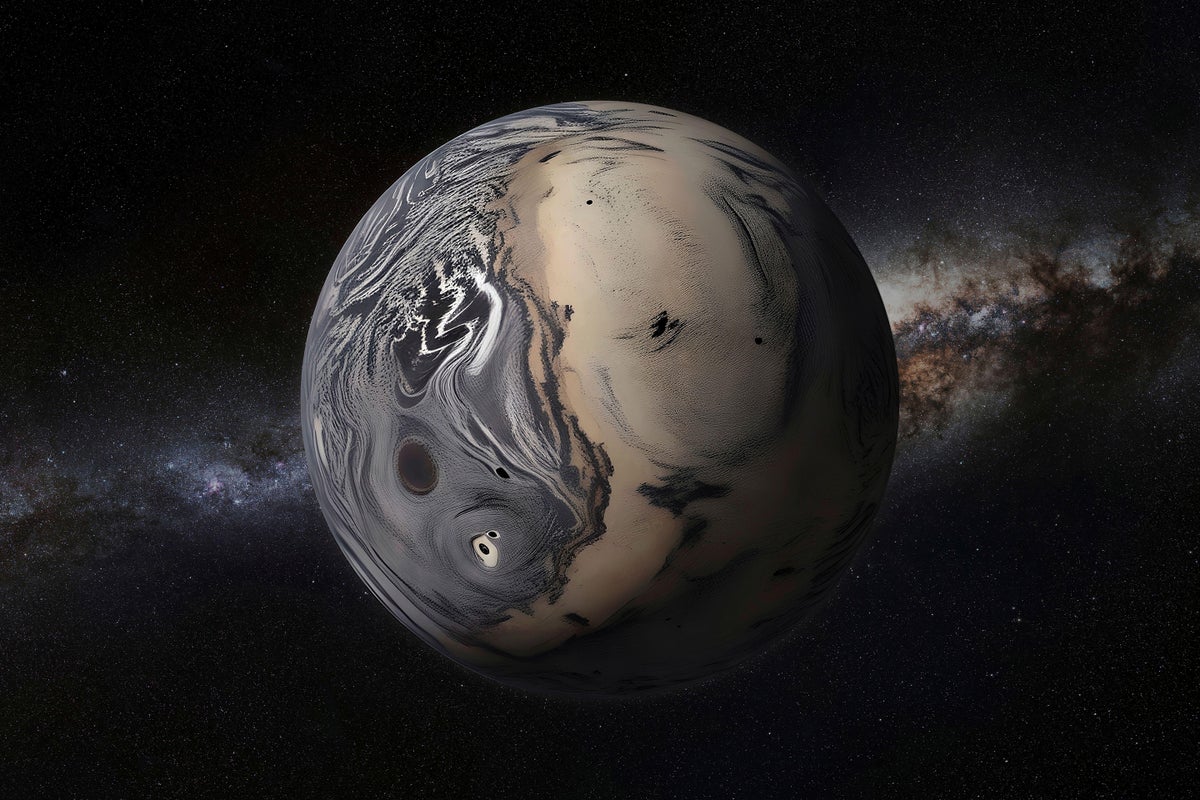
According to new simulations, many, even most, planets get ejected from their star early in their history

Feb. 5, 2025 (Spaceweather.com): What goes up, must come down–which could be a problem when you’re launching thousands of satellites. Since 2018, SpaceX has placed more than 7,000 Starl…
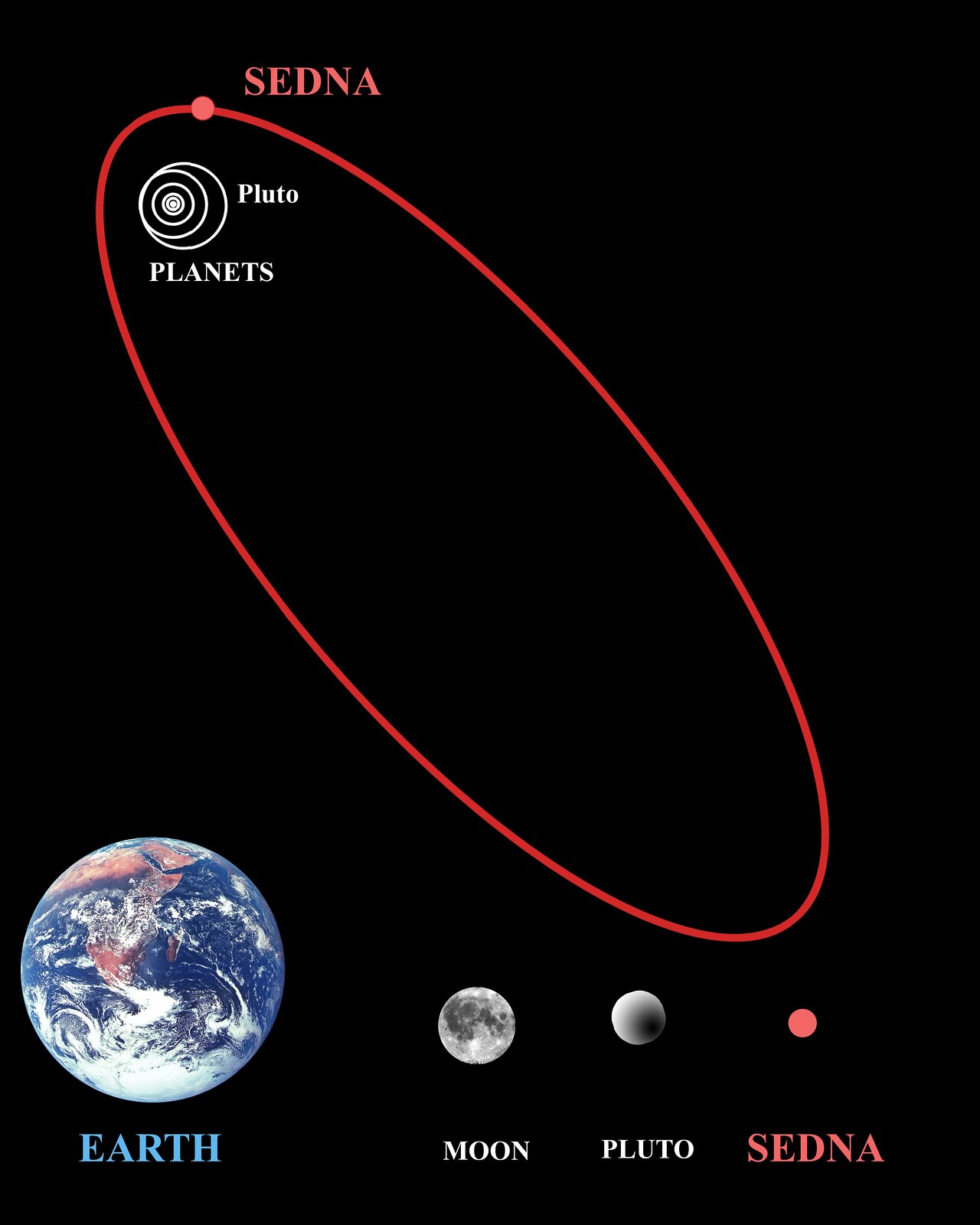
In 2006 (yes, it was that long ago - yikes) the International Astronomical Union (IAU) officially adopted the definition of dwarf planet - they are large enough for their gravity to pull themselves into a sphere, they orbit the sun and not another larger body, but they don't gravitationally dominate their orbit. That last criterion

Our favorite jumping robot is hoping for a trip to Saturn’s icy moon

Sixty years ago, the Soviet Union was way ahead of the USA in the space race. Then one critical event changed everything.

The structure of our Solar System has been known for centuries. When we finally started finding exoplanets, they surprised everyone.

For the first time since the 1960's, it looks doubtful whether the US space agency is even capable of getting us to the Moon.

A multimillion-dollar digital camera could revolutionize astronomy. But first it needs to climb a mountain halfway around the globe
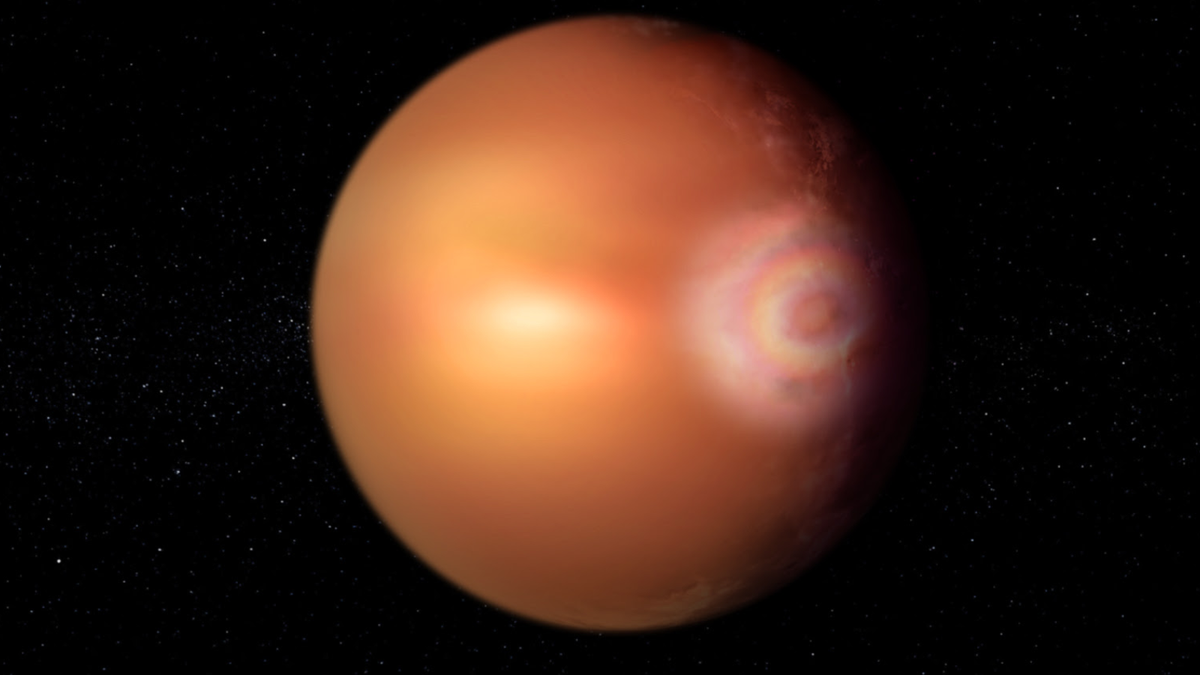
"There's a reason no glory has been seen before outside our solar system — it requires very peculiar conditions."

A nova named T Coronae Borealis lit up the night about 80 years ago, and astronomers say it’s expected to put on another show in the coming months.
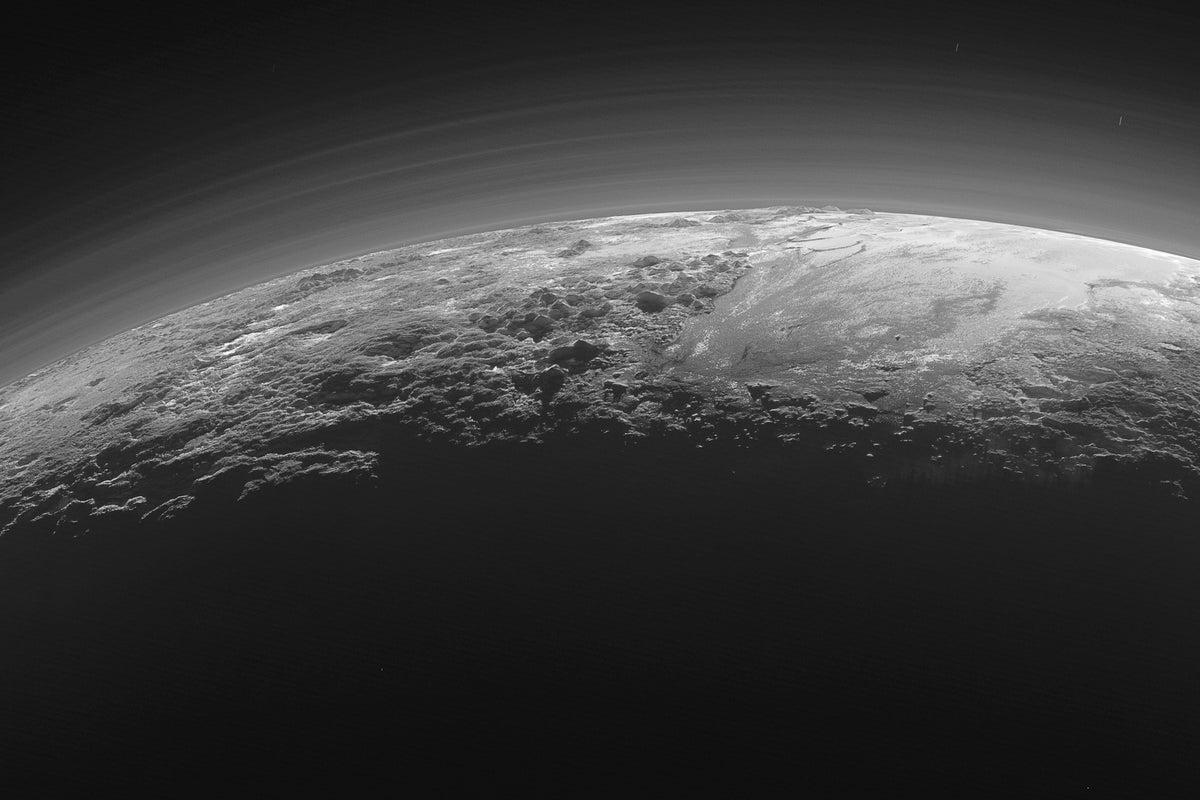
Despite being some six billion kilometers away, the sun from Pluto would be a dazzling sight to behold—carefully, that is

Real scientists are searching for alien life. Don’t let the kooks distract you.

I've been involved in spacecraft and space systems design and development for my entire career, including teaching the senior-level capstone spacecraft design course, for ten years at MIT and now at the University of Maryland for more than three decades.

The giant world Halla should have been swallowed by its star long ago. Scientists now think they know how the planet cheated death.
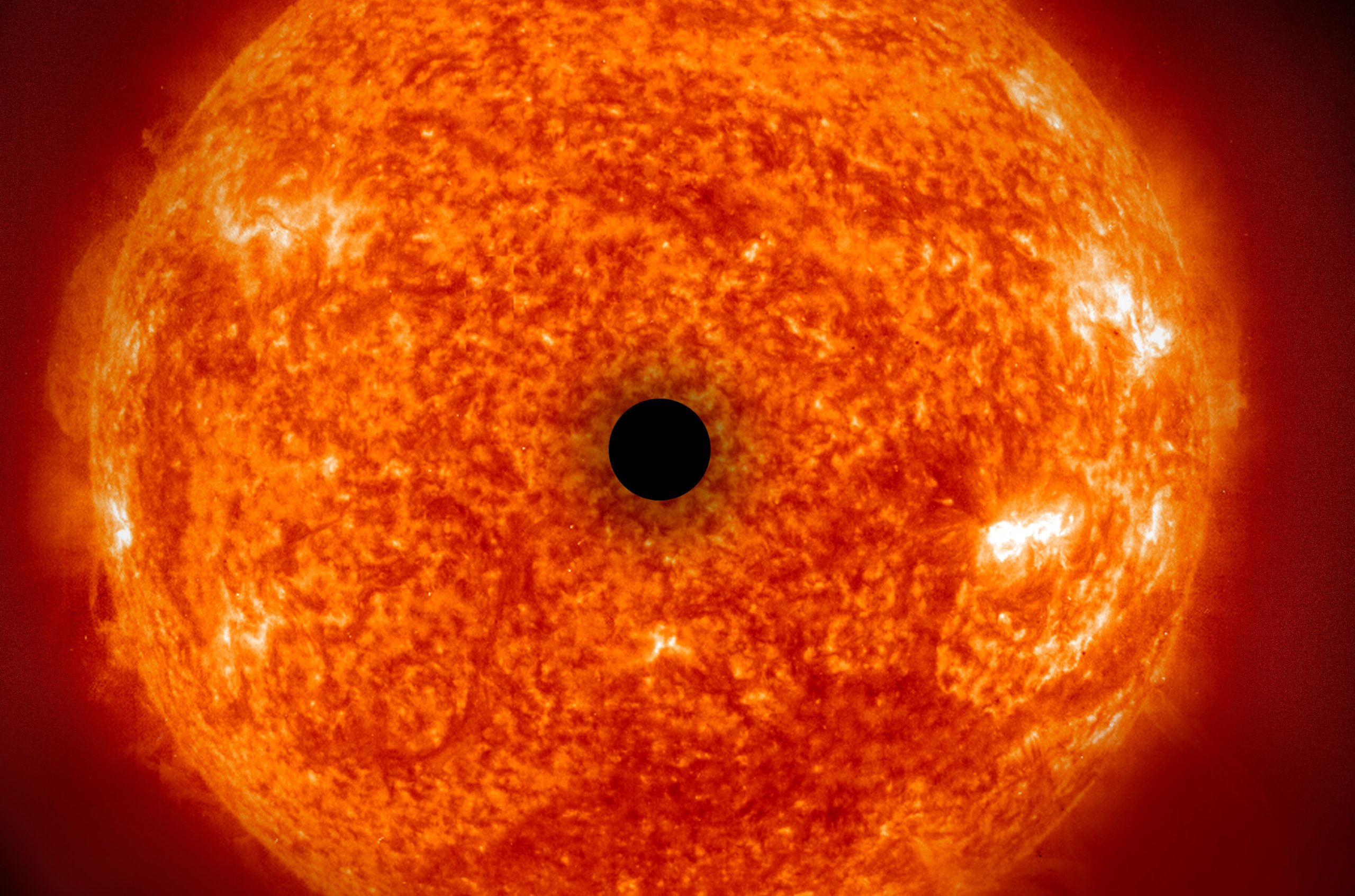
The tangled history of humanity’s search for the solar system’s uncharted planets.
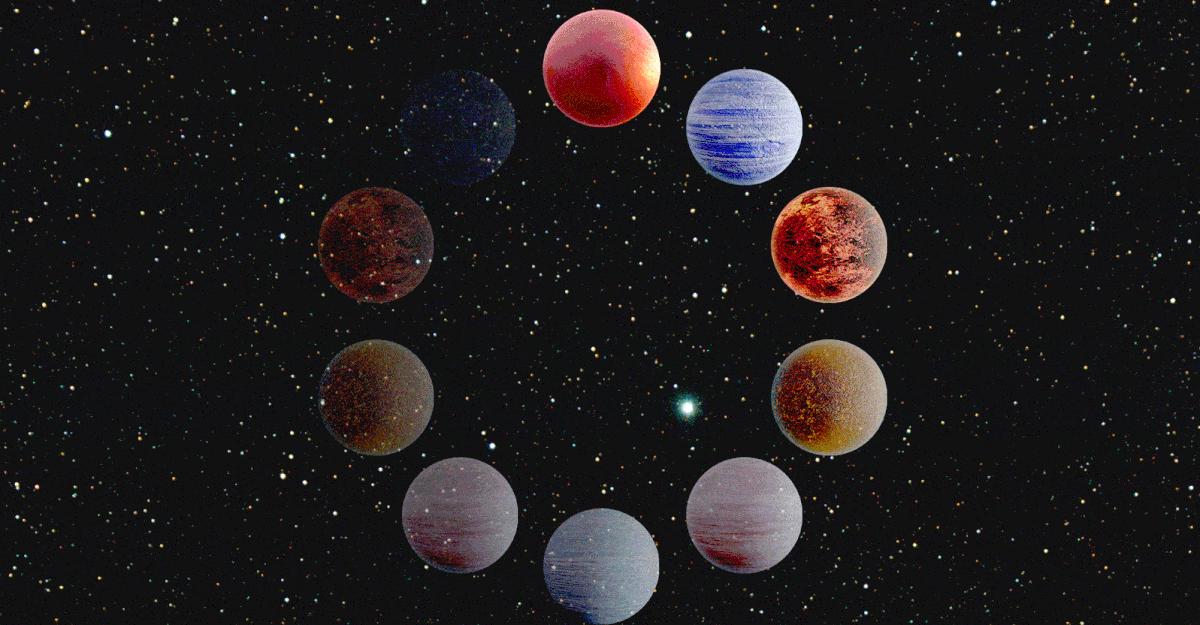
Beyond our solar system, the universe is full of planets—but also asteroids, auroras, and other familiar cosmic wonders.
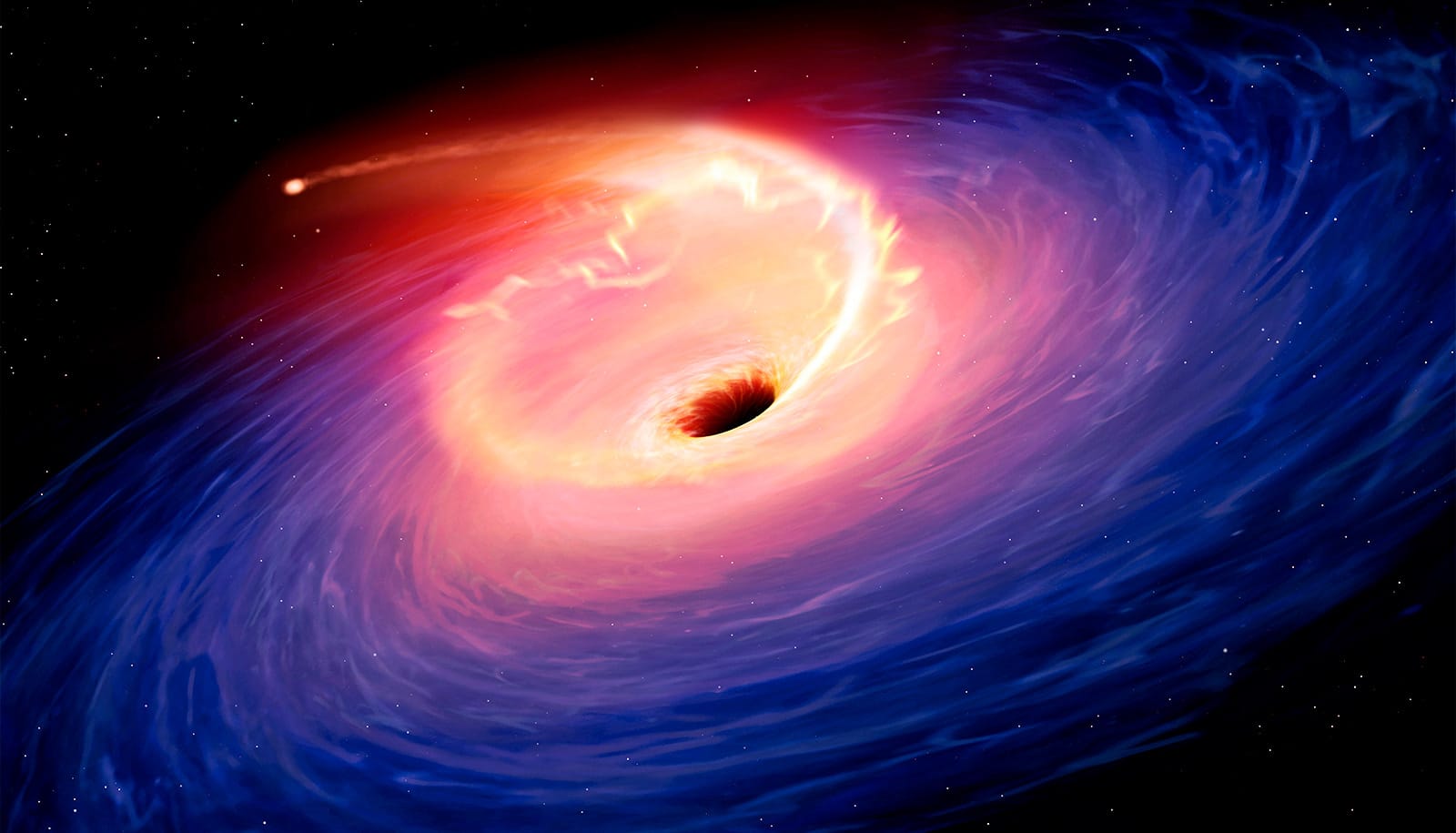
"Discoveries like this really open our eyes to the fact that we are still uncovering mysteries and exploring wonders in the universe..."
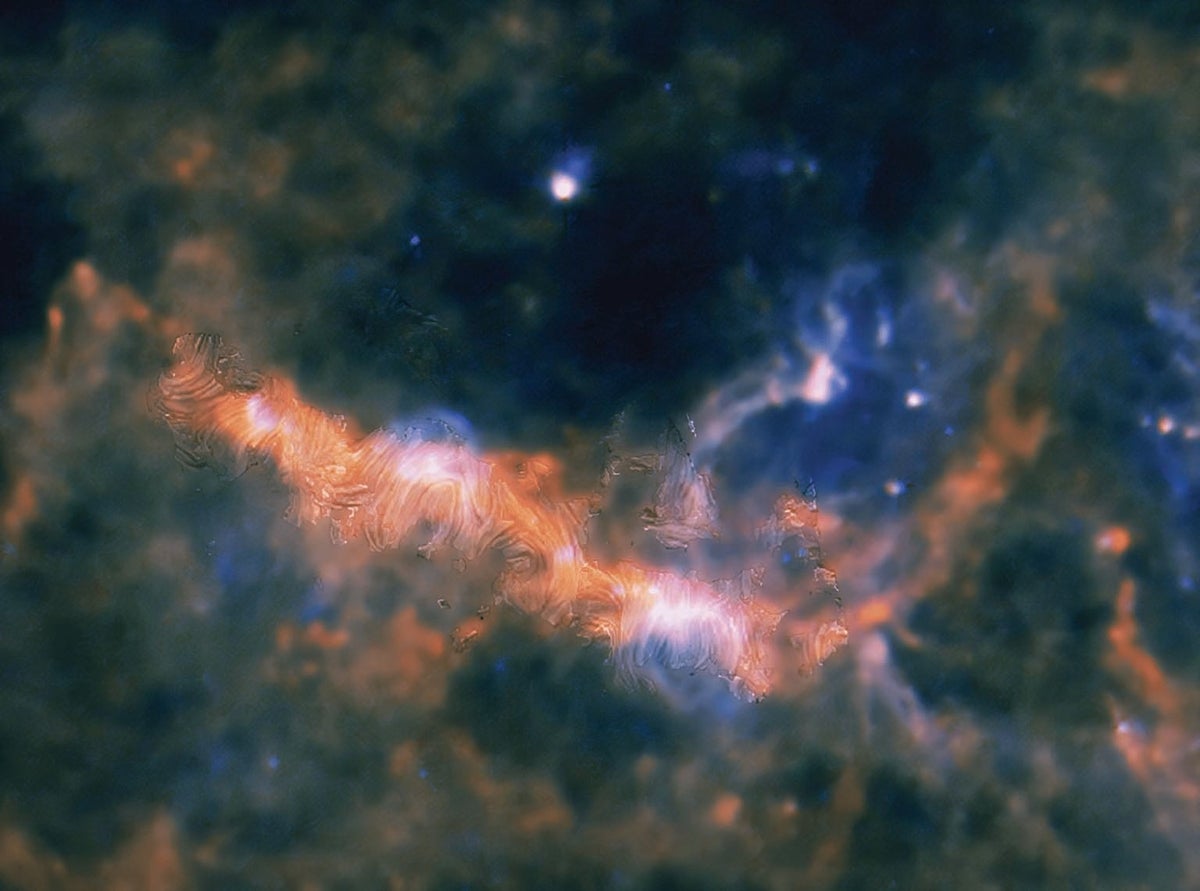
Our galaxy’s enormous scaffolding is shaped by complex magnetic fields

These days it takes a generation to build a great astronomical observatory. A new one is taking shape in the Atacama Desert.

This article answeres the questions of how to start a rocket engine and takes you on a deep dive into spark plugs, torch ignitors and more.
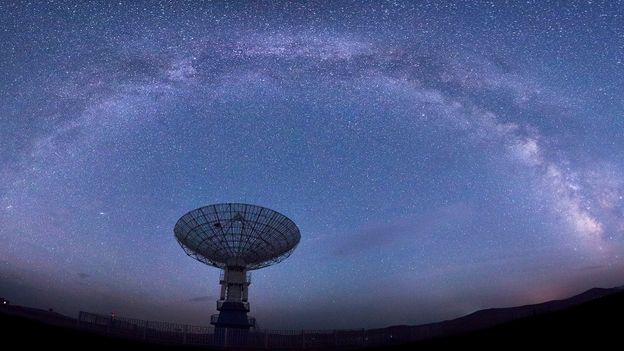
The discovery of giant superclusters of galaxies are challenging our very understanding of the Universe.
Finding a piece of the elusive cosmic body that devastated a Siberian forest a century ago could help save Earth in the centuries to come

When a SpaceX Falcon Heavy launched a national security mission to geostationary Earth orbit Jan. 15, the Space Force revealed that three of the payloads onboard were developed by one of its most s…

An operatic, 3D-animated tour of some of the most fascinating exoplanets yet discovered reveals burning ice and gemstone rain
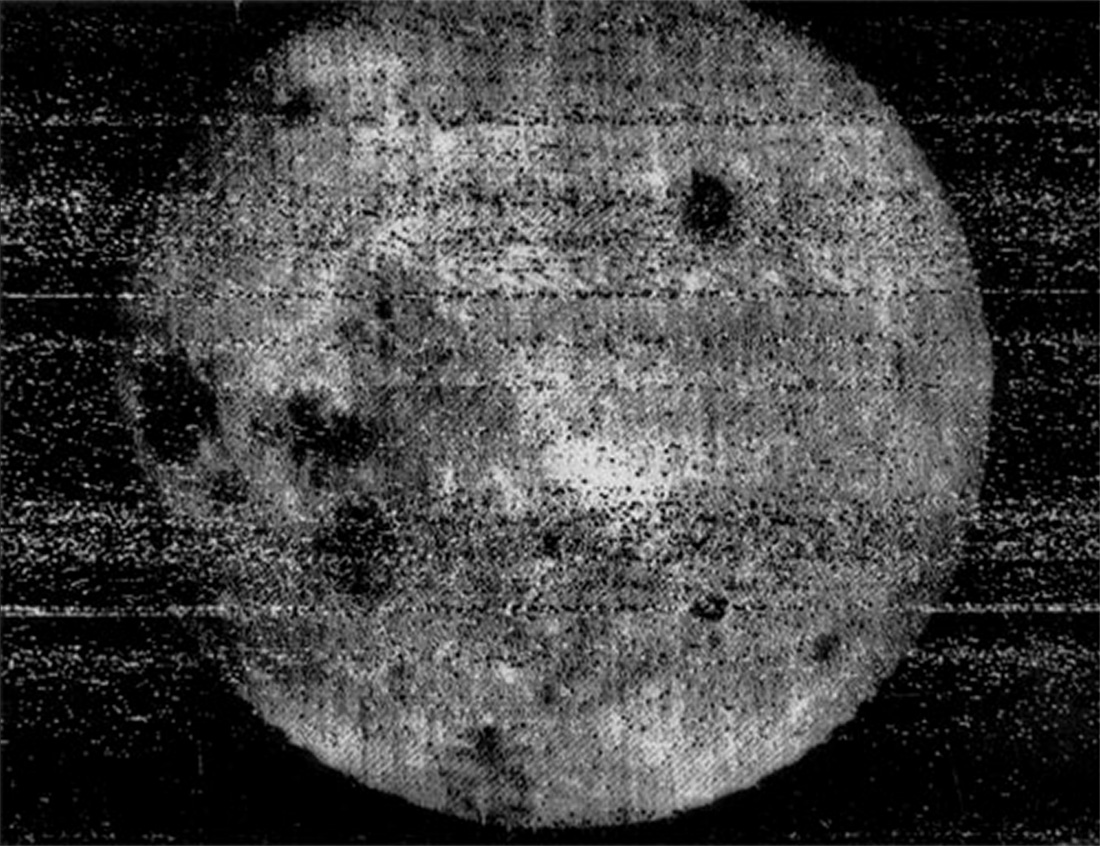
The 1950s-era Soviet mission to first photograph the far side of the moon.

The record-breaking signal could be the key to unlocking many cosmic mysteries.
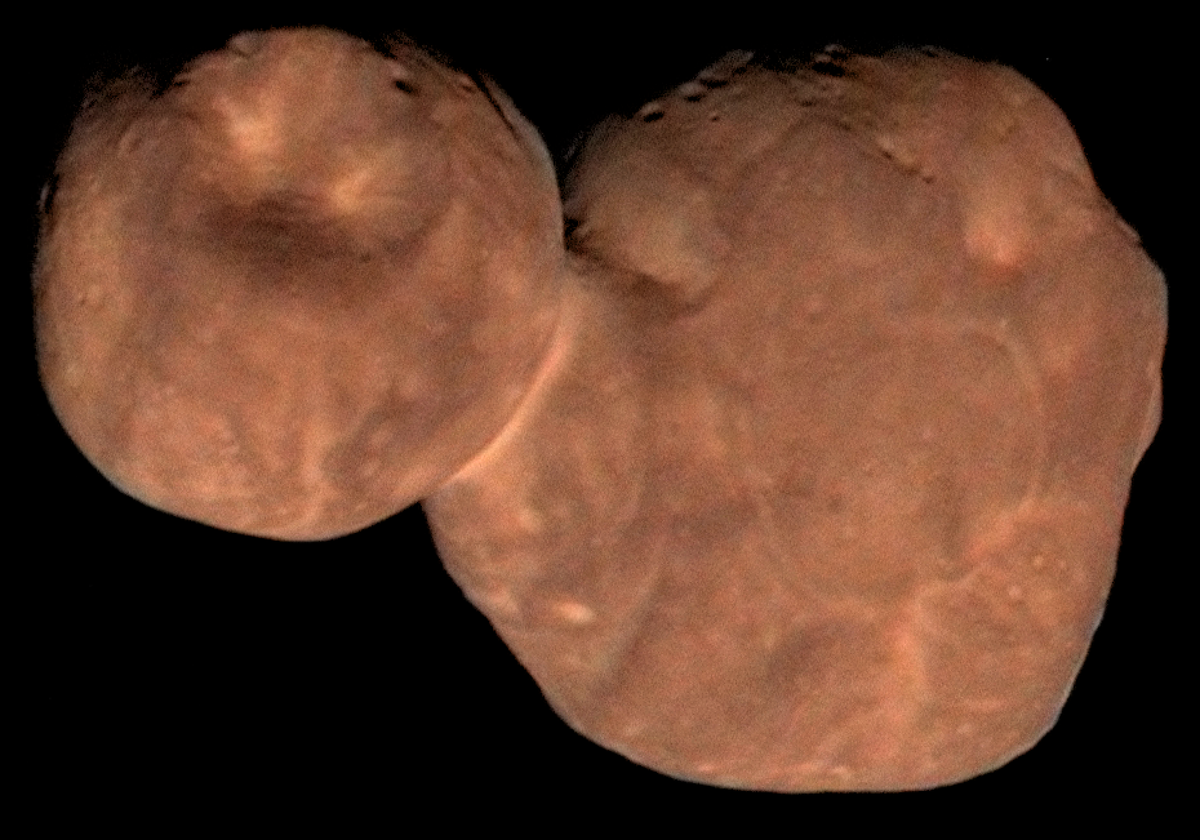
The small body beyond Pluto visited by NASA's New Horizons spacecraft is now officially known as Arrokoth
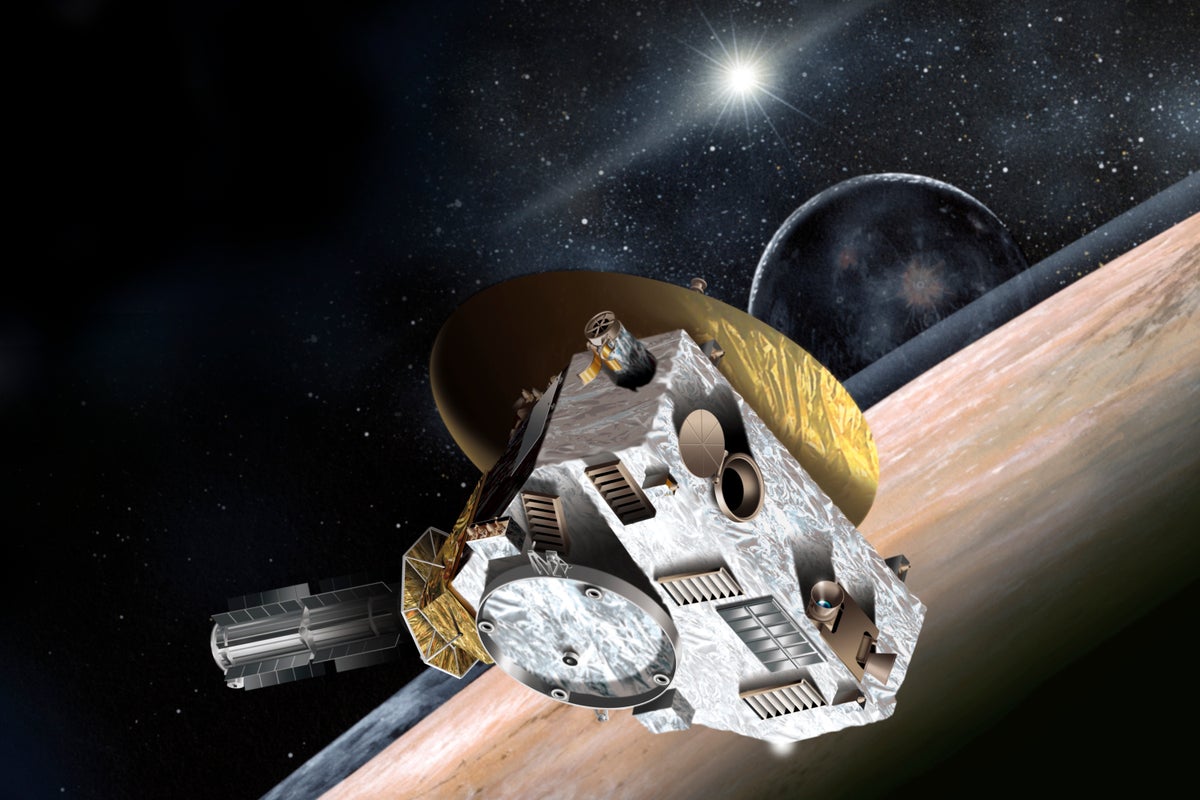
New Horizons is about to wake up and study the Kuiper Belt, the universe, and even Uranus and Neptune. But a new target to visit could trump them all

55 Cancri e appears to have a deadly surface made entirely of lava, but understanding it could help us find more habitable planets.

Are invisible aliens living among us in shadow biospheres? Is extraterrestrial life hiding in plain sight?

“It has been three decades since we last saw these faint, dusty rings.”…

A small experiment on a NASA rover is tinkering with the alien atmosphere.

The key to understanding the origin and fate of the universe may be a more complete understanding of the vacuum.

Bill Ochs, the project manager for the James Webb telescope shares the trials and tribulations of the launch and what it's like having the images out in the world.
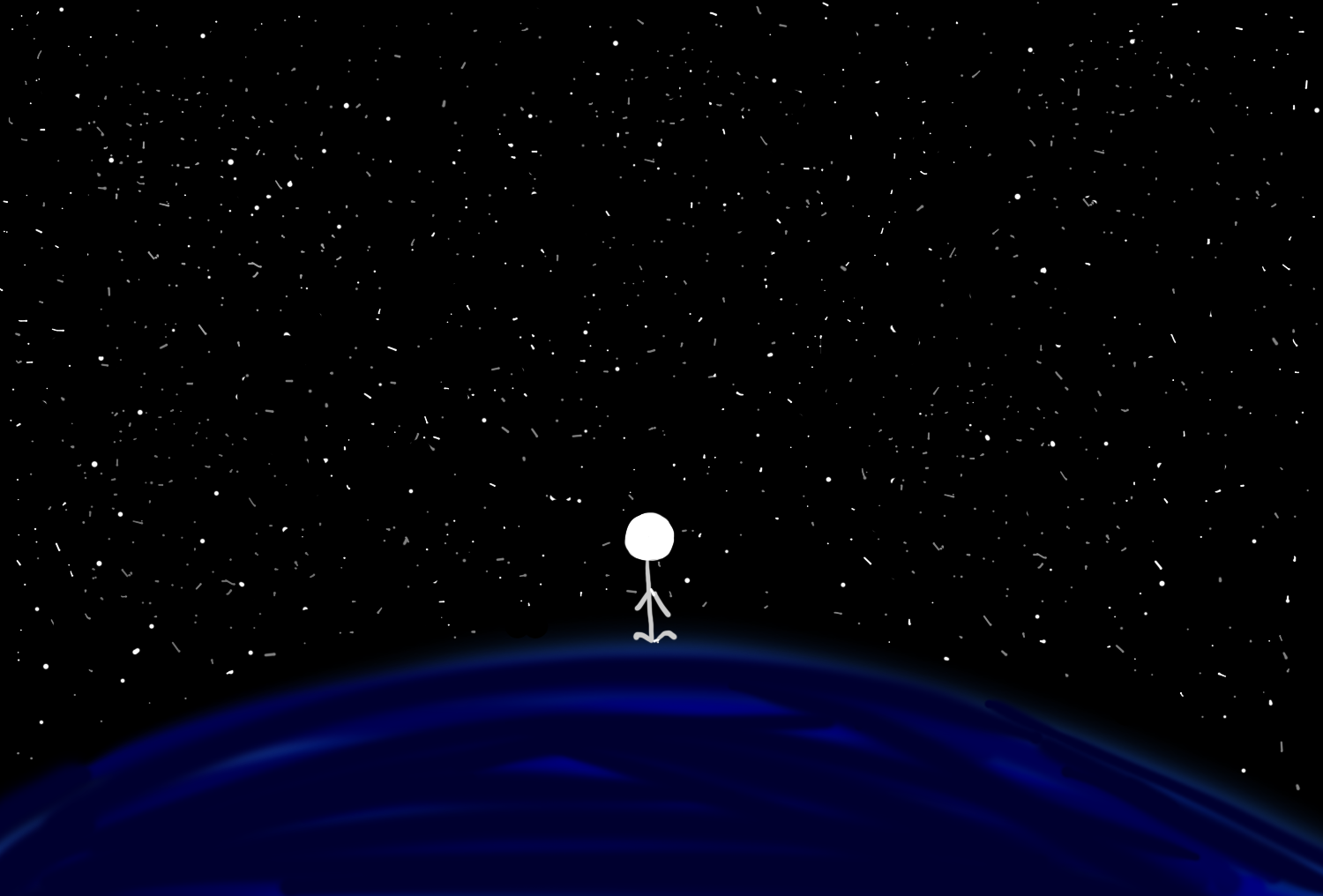
The Fermi Paradox: There should be 100,000 intelligent alien civilizations in our galaxy — so why haven't we found any of them?

Their magnetic fields—the strongest we’ve observed—could melt you from 1,000 km away.

By now we’ve all heard the news that none of us wanted to hear — a significant breakup occurred in space, and was intentionally performed…

The Martian started as a self-published blog, and became a major motion picture.

A new study's "treasure map" suggests that a planet several times more massive than Earth could be hiding in our solar system, camouflaged by the bright strip of stars that make up the Milky Way.

Researchers are taking a closer look at this science-fiction staple—and bringing the idea a little closer to reality

A lone astronaut testing the first faster-than-light spacecraft travels farther than he imagined possible. "FTL" by Adam Stern #DUST #scifi #shortfilm More About FTL: Ethan Kane, a NASA Astronaut and decorated pilot, has recently retired from active duty to spend more time with his wife and young son. As he tries to adjust to a quieter life on the ground, he’s approached to fly one last mission...testing the first faster-than-light spacecraft. While the world watches, Kane takes The Longshot on its maiden voyage. About DUST: DUST presents thought-provoking science fiction content, exploring the future of humanity through the lens of science and technology. From timeless classics to cutting-edge movies, series, short films, and podcasts, DUST acquires, produces and distributes all content types. Connect with the filmmaker: Website: https://www.adamlstern.com/ Website: http://www.artifexstudios.com/ Connect with DUST Website: http://www.watchdust.com Sign-up for DUST newsletter: http://eepurl.com/b_SKAz Watch DUST on your TV: Available on Roku, Samsung TV, Apple TV, Android TV...and more Watch more on YouTube: http://bit.ly/2amTSen Follow Us on Facebook: http://bit.ly/2aqYgtZ Follow Us on Instagram: http://bit.ly/2amAhRt Listen to the DUST podcast: Apple: http://bit.ly/DUST-Audio Spotify: http://bit.ly/DUST-Spotify Stitcher: http://bit.ly/DUST-Stitcher Castbox: http://bit.ly/DUST-Castbox iHeart: http://bit.ly/DUST-iHeart Connect with FTL: Website: https://www.ftl.film/ About Gunpowder + Sky: Creating content that resonates and impacts pop culture conversation, by empowering creators to take risks and experiment relentlessly in the pursuit of novel stories and formats. Sci-Fi Short Film “FTL" | DUST https://www.youtube.com/watchdust Subscribe to the DUST and ALTER newsletter: http://eepurl.com/dChYXb
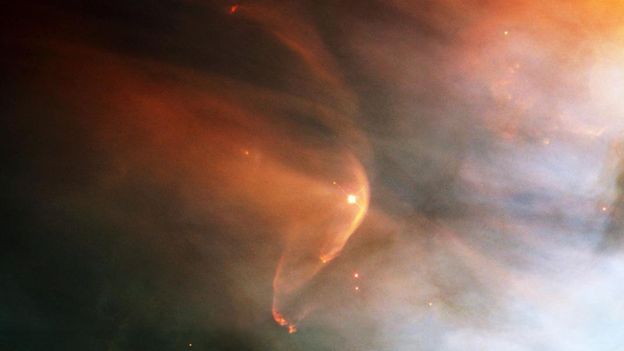
The mysterious dark vacuum of interstellar space is finally being revealed by two intrepid spacecraft that have become the first human-made objects to leave our Solar System.
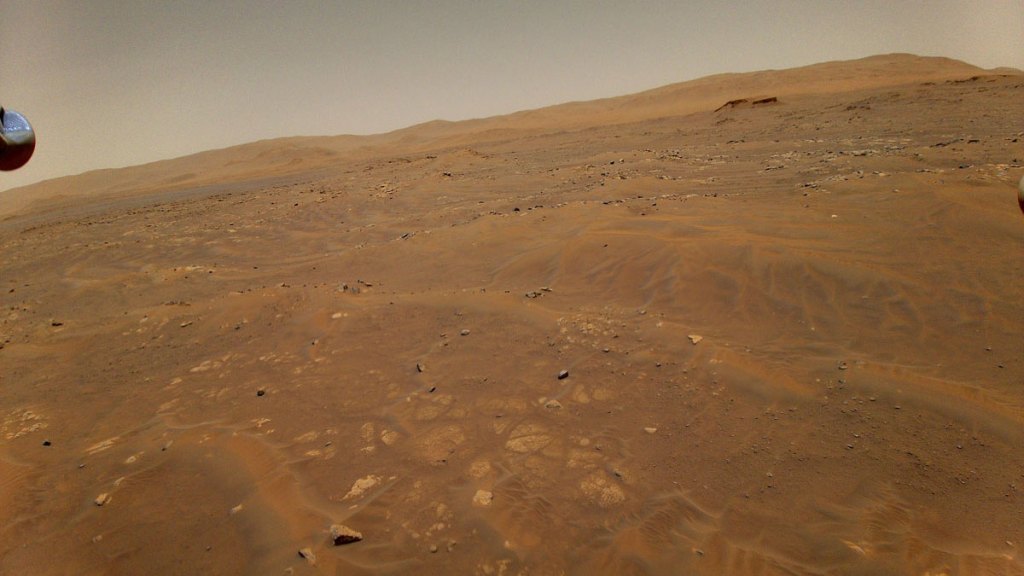
On the 91st Martian day, or sol, of NASA’s Mars 2020 Perseverance rover mission, the Ingenuity Mars Helicopter performed its sixth flight. The flight was designed to expand the flight envelope and demonstrate aerial-imaging capabilities by taking stereo images of a region of interest to the west. Ingenuity was commanded to climb to an altitude of 33 feet (10 meters) before translating 492 feet (150 meters) to the southwest at a ground speed of 9 mph (4 meters per second). At that point, it was to translate 49 feet (15 meters) to the south while taking images toward the west, then fly another 164 feet (50 meters) northeast and land.
:extract_focal()/https%3A%2F%2Fpocket-syndicated-images.s3.amazonaws.com%2Farticles%2F6314%2F1620172718_GettyImages-1701762491.jpg)
In space, every failure could equal disaster. On Earth, they were priceless gifts.

Stars that have gone missing from the Hyades cluster may have been torn away by a dark matter monster with the mass of 10 million Suns.

The theoretical physicist Andrei Linde may have the world’s most expansive conception of what infinity looks like.
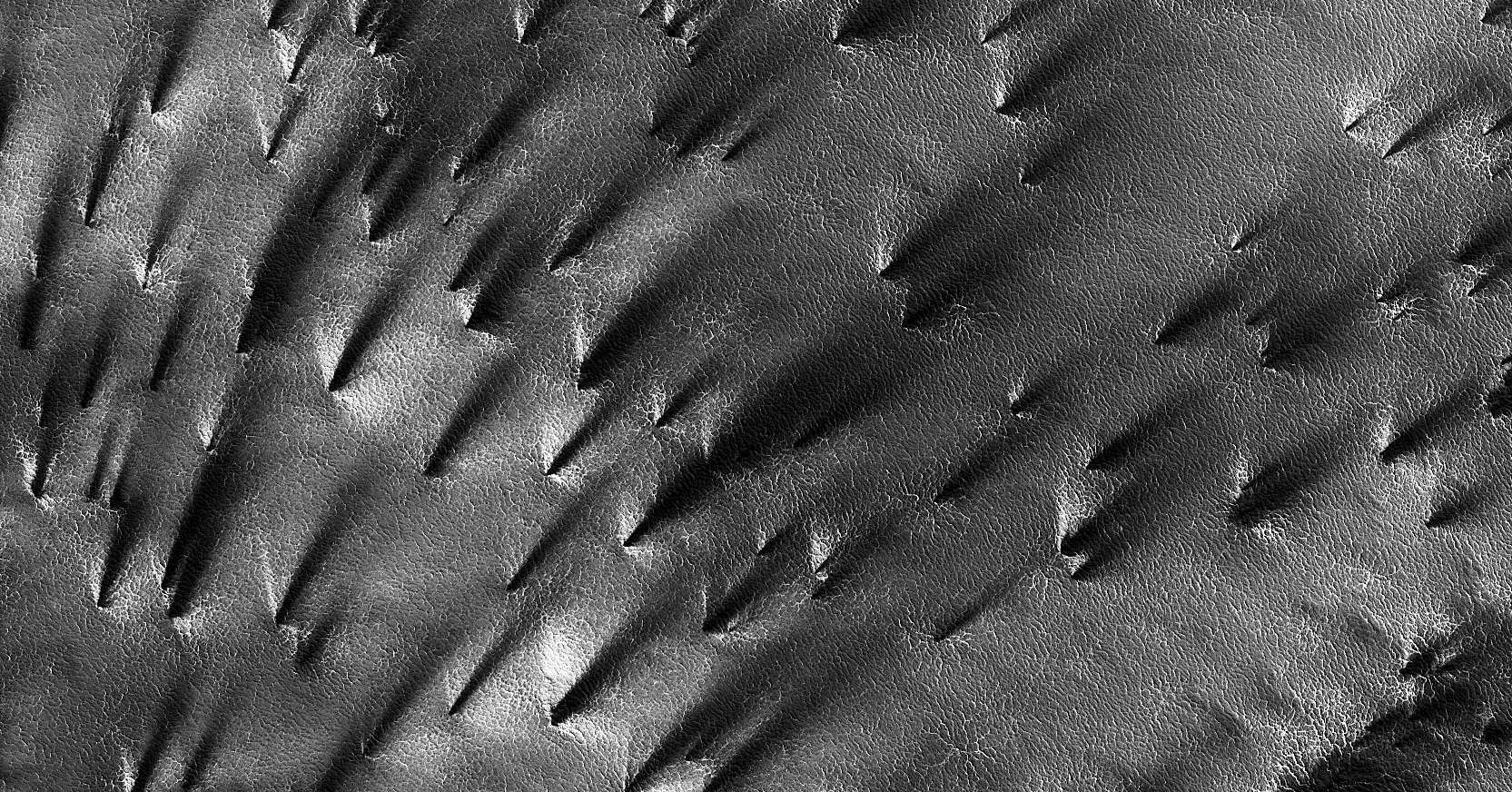
Dark sprays of material at the south pole of Mars are due to eruptions of CO2 and dust

Over the past two years, astronomers have rewritten the story of our galaxy.

For decades, Jim Woodward dreamed of a propellantless engine to take humans to the stars. Now he thinks he’s got it. But is it revolutionary—or illusory?

We’ve mapped Mars, the Moon, the solar system, even our own galaxy. Which means there is only one thing left to understand in this symbolic way and that is the entirety of the cosmos.

An interactive 3D visualization of the stellar neighborhood, including over 100,000 nearby stars. Created for the Google Chrome web browser.

Guest Post: Computer scientists are proposing a novel network design that could double the network capacity of low-flying satellite Internet systems.

Caltech professor Gregg Hallinan and his team are scanning the universe for possible Earths with cheap antennae built from parts found online, cake pans, and, yes, chicken wire—taking the lonely search for habitable planets and automating it.
:extract_focal()/http%3A%2F%2Fstatic.nautil.us%2F11872_f1558e79c0736bcc9770373fdf03dccb.png)
Stuck in his research, a cosmologist finds a hint in an intricate drawing.

When I was 12, I made the mistake of watching the Paul W. S. Anderson horror film, Event Horizon. It gave me nightmares for weeks: The movie’s title refers to an experimental spaceship that could create artificial black holes through which to travel, making interstellar trips trivial. But the crew, upon activating the ship’s gravity […]

Logic tells us that antimatter should have annihilated the Universe. So why hasn’t it?

Development of hypersonics is moving so quickly that it threatens to outpace any real discussion about the potential perils of such weapons, including how they may disrupt efforts to avoid accidental conflict, especially during crises.
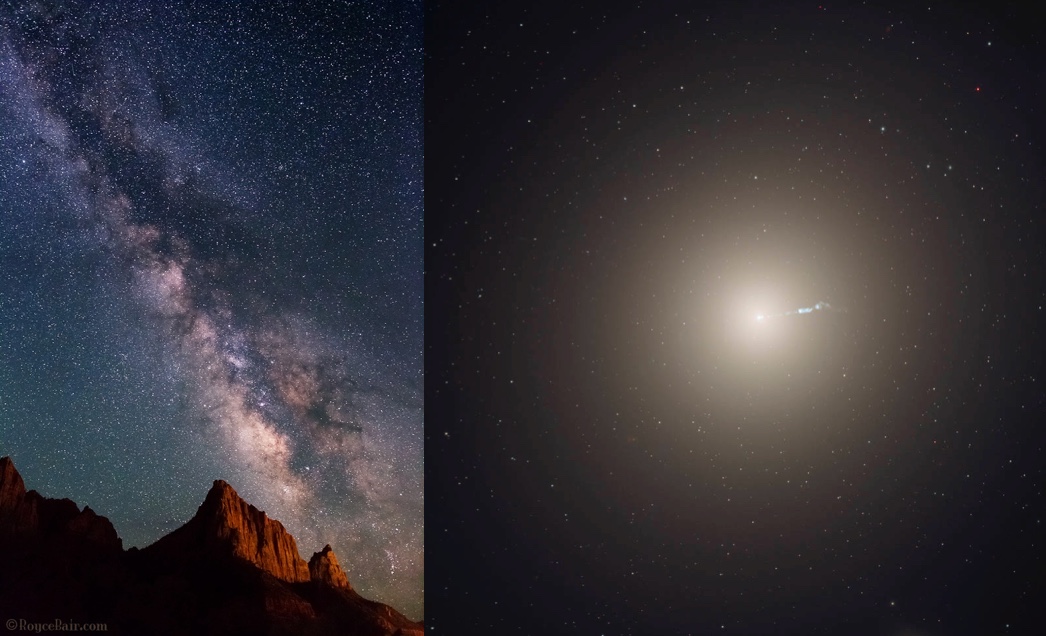
Physicist: Black holes and space are both black, so there’s that. But while black holes tend to be very small, space is bonkers big and filled with just enough stuff to give astronomers thin…

As an eighteen-year-old immigrant to the U.S., Franklin Chang Díaz dreamed of becoming an astronaut. Now, decades after tying the record for most spaceflights, he might be the best bet to get us to Mars.

Black holes formed right after the Big Bang aren’t common enough to be dark matter.
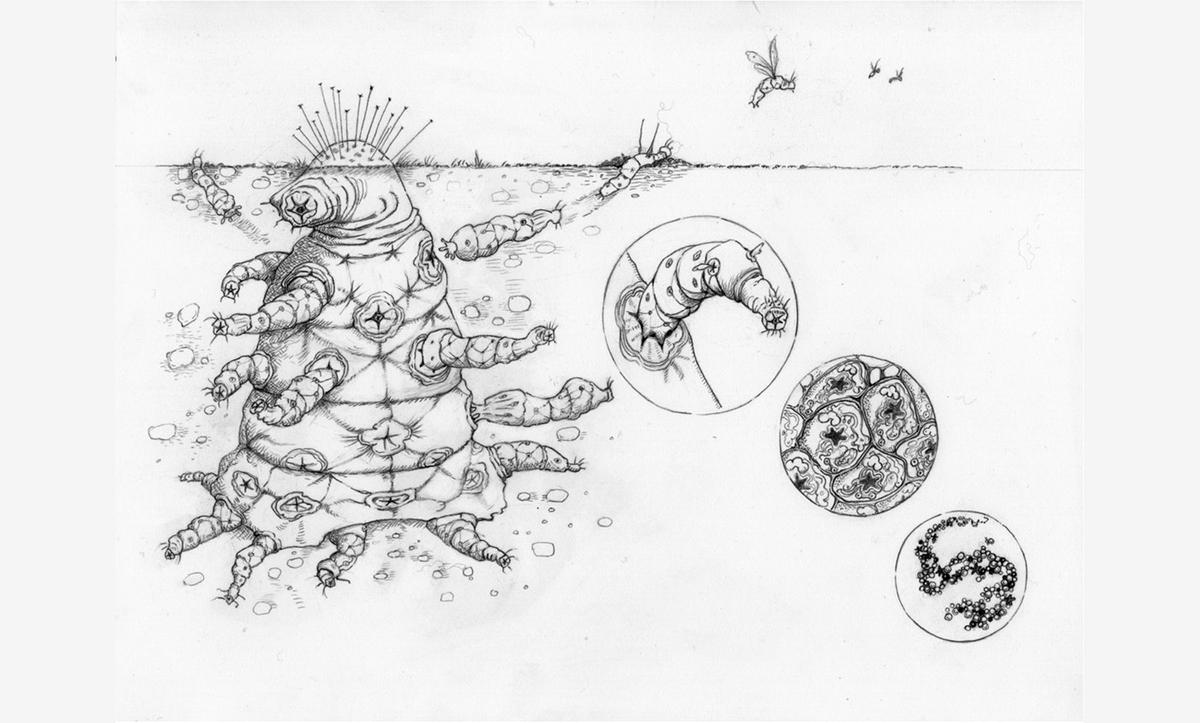
Proof of life: what evidence would it take to convince you that alien intelligence had been found?
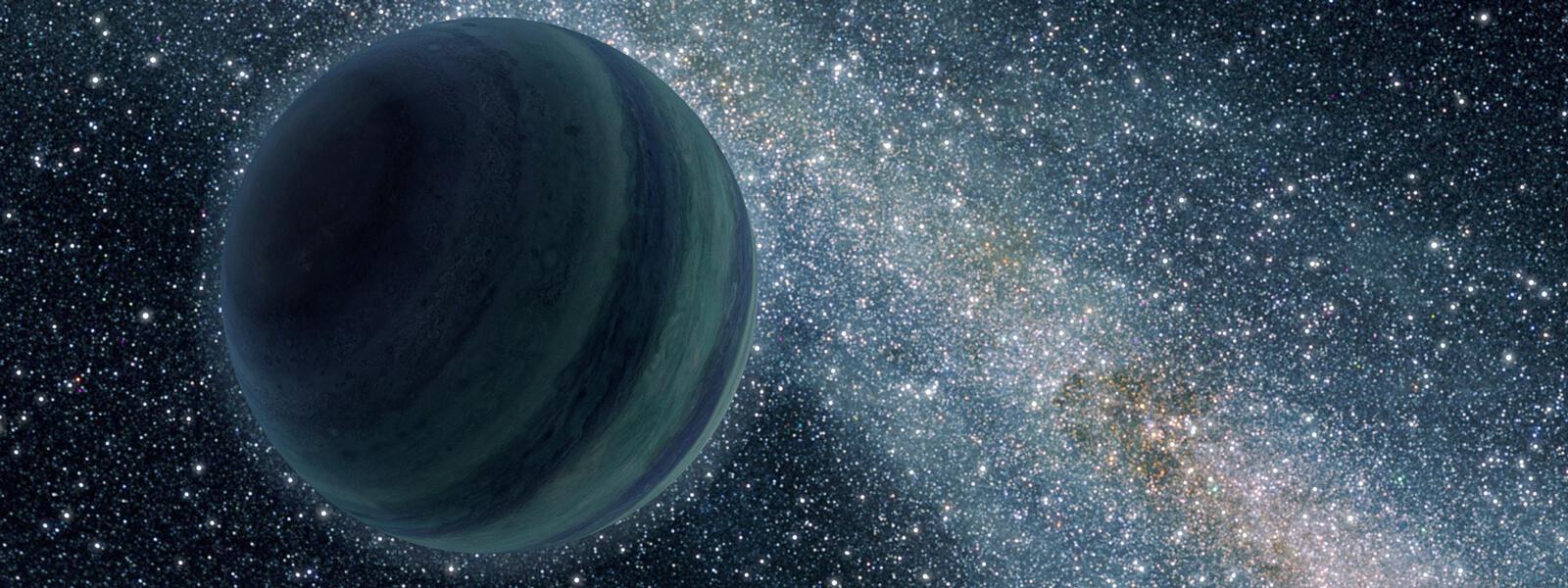
Clues hidden in today’s orbits hint at the violent origins of the solar system — and a rogue giant kicked out long ago.
“This is not sci-fi. We repeat, not sci-fi.”

Astronomers argue that there’s an undiscovered giant planet far beyond the orbit of Neptune. A newly discovered rocky body has added evidence to the circumstantial case for it.